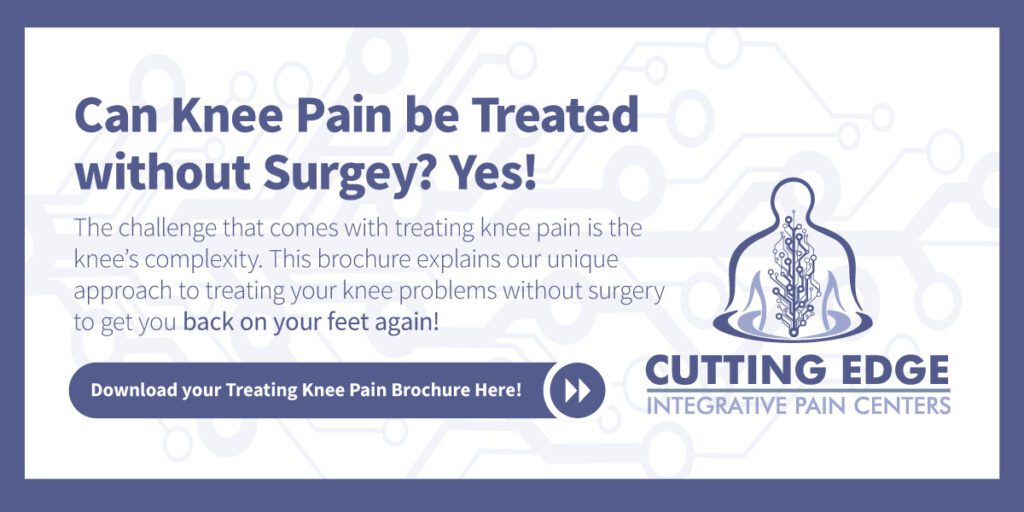The popularity of intravenous therapies has grown rapidly in recent years. With a multitude of benefits for treating pain-related issues, including better mental focus and higher energy, IV therapy can make a massive impact on a patient’s quality of life. But with so many different types of intravenous therapies available, which is right for you?
Interested in Ketamine Infusion Therapy? Click Here to Learn More!
What are Intravenous Therapies?
Intravenous therapies utilize veins to administer medicine to the body. Instead of an intramuscular injection, which injects medication into the muscle, IV injections are injected into veins, which carry blood throughout the body. This makes IV one of the fastest ways for drugs to have an effect since the medicine is directly put into the bloodstream. IV therapy has been shown to be effective against chronic pain as well as symptoms relating to fibromyalgia, stroke, diabetic neuropathy, chemotherapy, and more.
Types of Intravenous Therapies
1. Ketamine Infusion
For ketamine infusions, the patient is connected to an IV of ketamine and saline. For a few hours, the ketamine drips through the IV. The results are apparent after one to three sessions, and the recovery time is quick. Ketamine works to reduce pain by combatting the NMDA receptor in the brain, which is responsible for transmitting pain. By antagonizing this receptor, pain is diminished. Ketamine is also effective for mental health treatment relating to depression, anxiety, and PTSD (Post Traumatic Stress Disorder). It has a calming and therapeutic effect on the regions of the brain that control moods and behaviors.
Like other forms of treatment, side effects are possible. Some side effects of ketamine infusion include high blood pressure, nausea, and vomiting. However, these are relatively uncommon and do not last long after treatments. Ketamine infusions only last about two weeks and can be an effective source of pain relief when other options do not work.
2. Vitamin B12
Many vitamins are taken as oral supplements to make up for deficiencies. However, intravenous injections of vitamins, especially B12, can be very effective for treating pain. They can also help fight against problems associated with deficiencies. Intravenous B12 has been found to decrease pain by a large amount. However, it is not enough on its own. B12 infusions often work best in conjunction with other treatments, so they will not harm you, but they will not completely relieve all of the chronic pain either.
3. Lidocaine
Rather than using opioids to treat pain, Lidocaine can be used to replace opioids to manage pain. Its anti-inflammatory characteristic allows it to sometimes reduce inflammation by preventing nerve signals from transmitting pain. Lidocaine is particularly effective for treating neuropathic pain (pain that is caused by nerve damage). However, it is not as effective in treating pain as consistently as ketamine or for all types of pain.
4. Dexmedetomidine
Along with being used as a sedative, IV dexmedetomidine is used for pain relief. Like lidocaine, it blocks nerve signals to prevent pain but since it is so selective in the pain it can treat, it does not always make a great treatment. Studies have shown that dexmedetomidine has sometimes been able to alleviate pain but sometimes it has not. Dexmedetomidine shows some promise in chronic pain, but not as much as other IV therapies such as ketamine.
Interested in Intravenous Therapies with Cutting Edge?
Intravenous therapies provide pain relief for various chronic painful conditions, and ketamine infusions have been widely used and extensively studied. Some of these infusions have been shown to be better than others, but every situation is different, so what may be better for one person may not be best for you. Intravenous therapy is offered by Cutting Edge Health. If you or someone you know is suffering from chronic pain, schedule an appointment today to learn more about how Cutting Edge Health can help.





